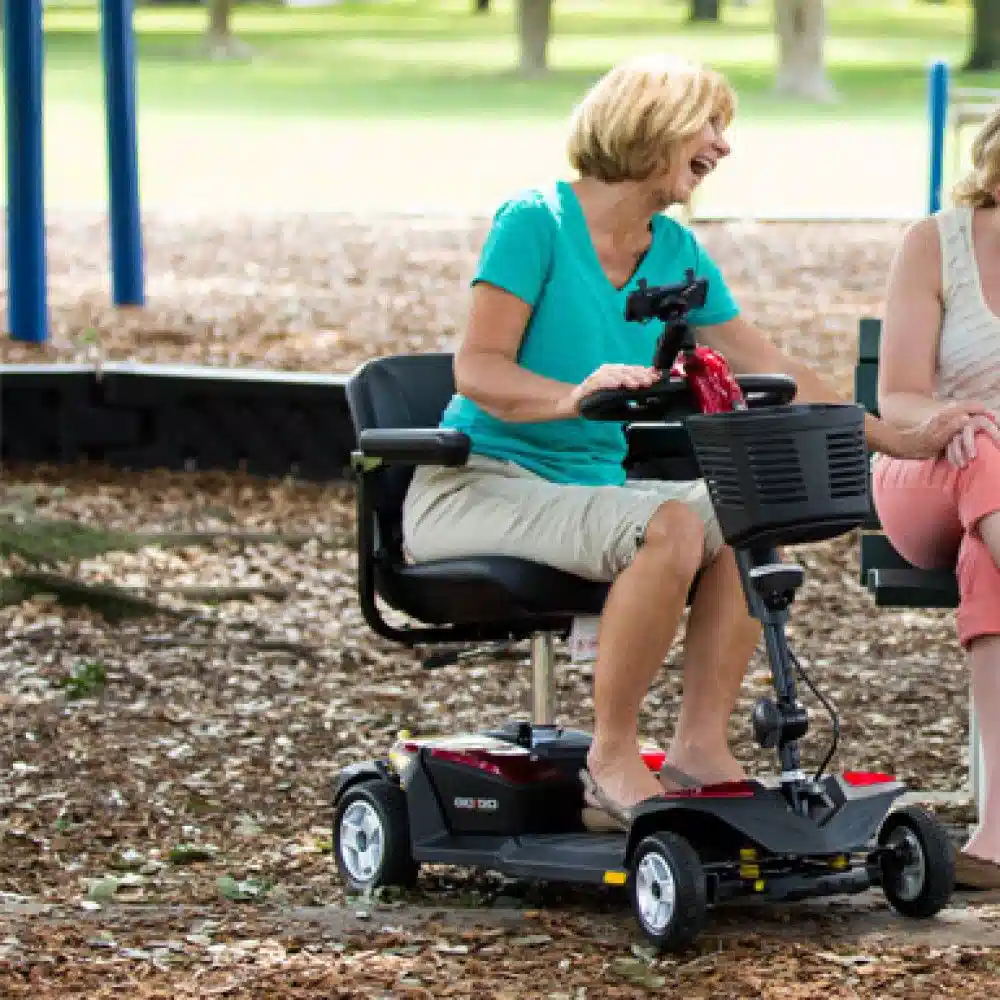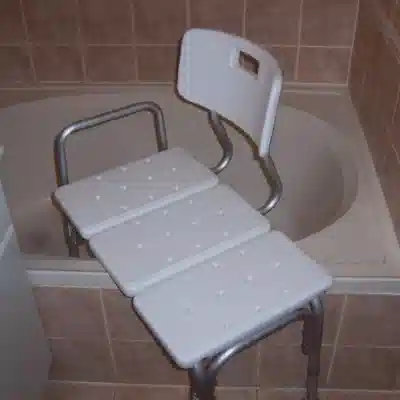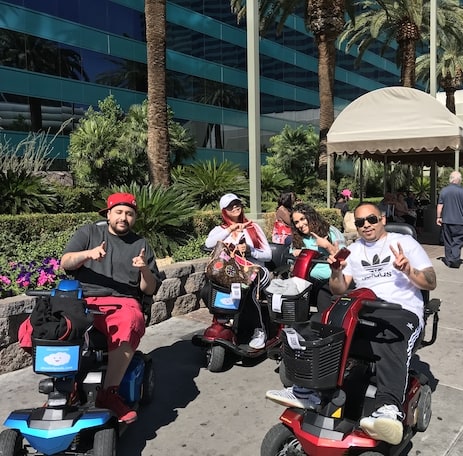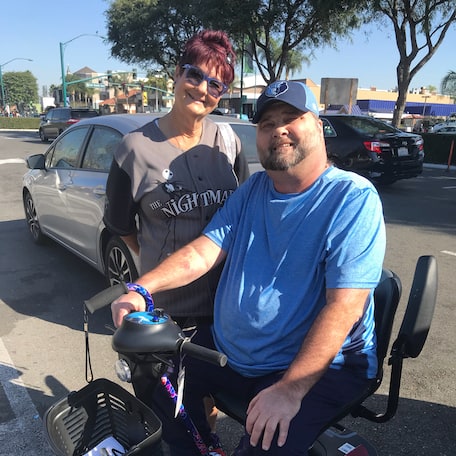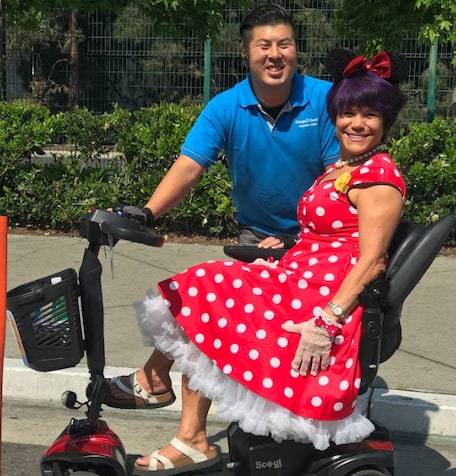Port of Miami
About
No city in the United States has evolved into as many disparate identities in so short a time as has Miami. A bit more than a hundred years ago this former Spanish settlement, located along the Miami River where it spills into Biscayne Bay (now the center of the city of Miami), attracted neither interest nor population. That's understandable since up until that point, the only way to reach Miami was by boat.
That changed in 1896, when financier Henry Flagler extended his new Florida East Coast Railroad south from its previous terminus at West Palm Beach. By the turn of the 20th century the first of Miami's real estate booms was underway, a pattern that continued unabated right up to the Great Depression. Miami was one of the few places on earth where someone could offer you a get-rich-quick deal on 10 acres of swampland, and there was a good chance that you could actually get rich on it. Many made their fortunes here and left monuments to their achievements in places such as the grand Mediterranean-style estates like Villa Vizcaya and the slew of privately developed islands along the causeways crossing Biscayne Bay.
The city of Miami sits on the Florida mainland. Offshore, due east in the Atlantic, are a series of barrier islands. The southernmost island in the near vicinity is Key Biscayne. Next to the north is Virginia Key, then Fisher Island, and then comes Miami Beach. The body of water between these islands and the mainland is Biscayne Bay. Early on, resort developers looked to the Atlantic Ocean beaches of Miami Beach, beginning their development with the elegant Art Deco hotels at the southern tip, now better known as South Beach. As development proceeded northward its complexion changed, becoming more "high-rise" and grandiose, with amenities geared to a wider range of interests, from yachting to golf.
The 1960s saw another sea change in Miami, generating another boom cycle, brought about by the unlikely combination of the advent of universally available air conditioning and the rise to power of Fidel Castro. As Cuban refugees fled in droves to the U.S., they settled in that part of our country most like their former homeland in climate -- namely, South Florida. Miami, whose tropical temperatures were now tamed by indoor climate control, thus tolerable to an influx of workers, became the gateway to the Caribbean for any number of businesses, which soon rivaled tourism as the keystone industry.
The Caribbean population influx also profoundly changed Miami's personality. It is now largely bilingual, with French and Creole also gaining a foothold with increasing waves of immigration from Haiti. It's hard to walk a block in Miami without coming into contact with Cuban food, Cuban music, Cuban culture. It is a dynamic, vibrant city steeped in multiculturalism. These new Miamians and their businesses have also contributed directly to the revitalization of the mainland portion of Miami, leading to a number of tourist assets along the western shore of Biscayne Bay, such as Bayside Marketplace.
Across the bay is the renovated Art Deco district, including South Beach (SoBe), which has become a mecca in its own right, attracting celebrities and those who follow them, whether it be with camera or with autograph book. SoBe is also home to Miami's nightclub, fashion, music and hip dining scene, and rivals Venice, California as the place to go to people-watch.
Not all is development (or overdevelopment, some would say). Though the seaside corridor has been urbanized almost from the tip of Florida to midway up the coast, there is still much for lovers of nature and the great outdoors. The Everglades are within a half-day's drive to the southwest. Off the Atlantic coast a short distance to the south is the only living coral reef in the continental United States. Birders wax poetic over opportunities to spy tropical shore birds and waterfowl found nowhere else in the States. And where else in the U.S.A. might you have to brake to avoid alligators crossing the road?
Whether Miami is your port of embarkation, debarkation or a port of call mid-cruise, it is unlikely that you will encounter a city anywhere on your travels that appeals to as many tastes: foodie, shopaholic, eco-tourist, golfer, water sportsperson or lover of traditional tourist attractions.
Source: cruisecritic.com
How to rent Scooter, Wheelchair, Stroller in Port of Miami?
Rent everything you need. We'll deliver your rentals to Port of Miami hotel, residence, or attraction
 1
1
Add all the Port of Miami rental equipment to your shopping cart
 2
2
Fill out the checkout form with rental dates and Port of Miami delivery location
 3
3
Make the payment online to confirm your Port of Miami rental reservation

